Zhichen Ni
Balancing Privacy Protection and Interpretability in Federated Learning
Feb 16, 2023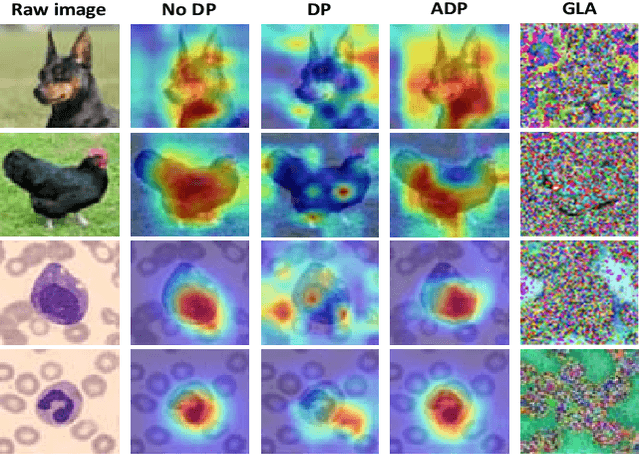


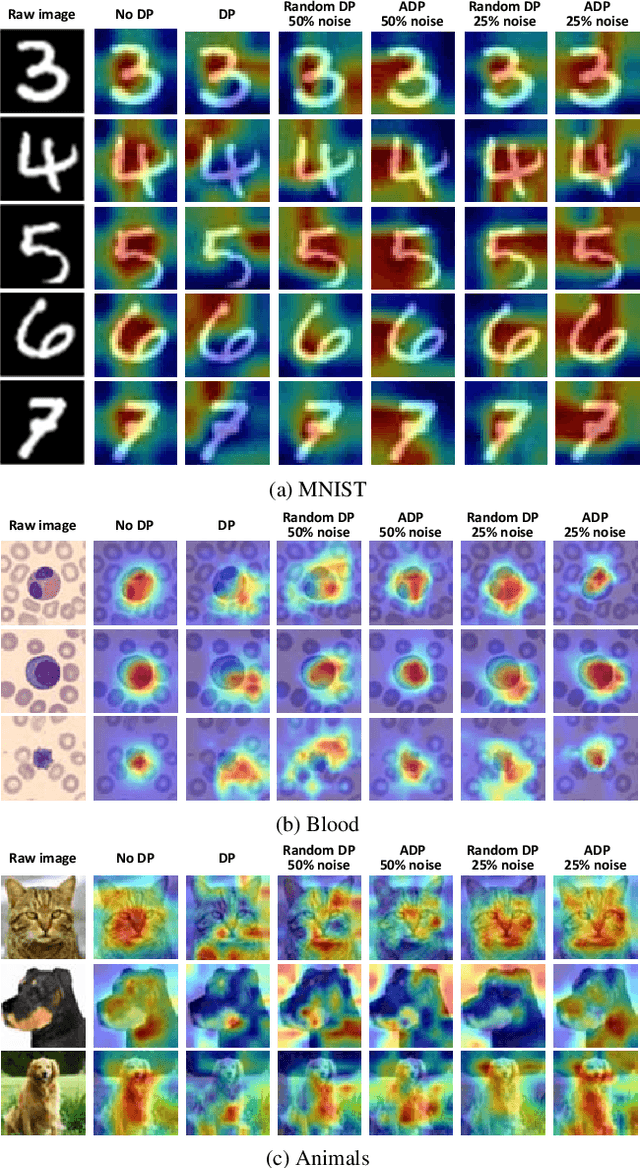
Abstract:Federated learning (FL) aims to collaboratively train the global model in a distributed manner by sharing the model parameters from local clients to a central server, thereby potentially protecting users' private information. Nevertheless, recent studies have illustrated that FL still suffers from information leakage as adversaries try to recover the training data by analyzing shared parameters from local clients. To deal with this issue, differential privacy (DP) is adopted to add noise to the gradients of local models before aggregation. It, however, results in the poor performance of gradient-based interpretability methods, since some weights capturing the salient region in feature map will be perturbed. To overcome this problem, we propose a simple yet effective adaptive differential privacy (ADP) mechanism that selectively adds noisy perturbations to the gradients of client models in FL. We also theoretically analyze the impact of gradient perturbation on the model interpretability. Finally, extensive experiments on both IID and Non-IID data demonstrate that the proposed ADP can achieve a good trade-off between privacy and interpretability in FL.
Edge Data Based Trailer Inception Probabilistic Matrix Factorization for Context-Aware Movie Recommendation
Feb 16, 2022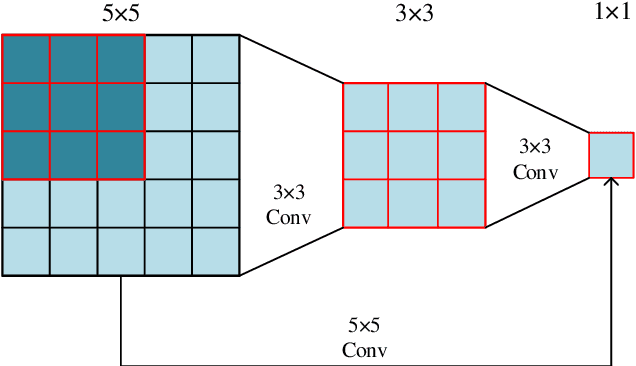
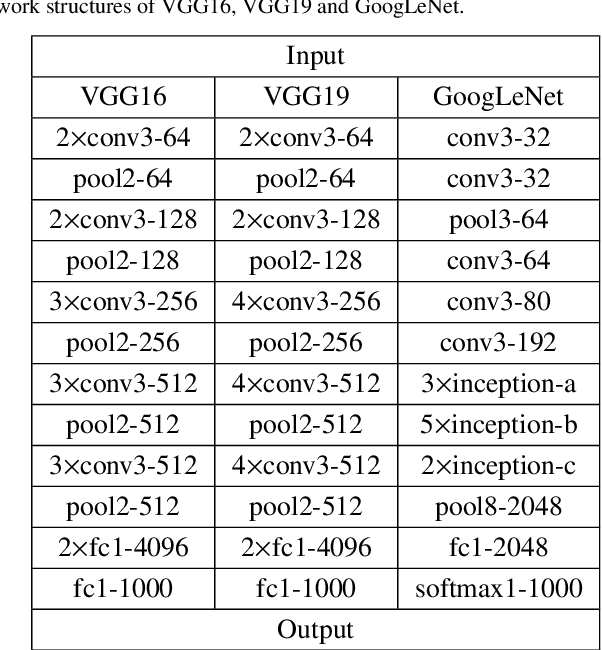
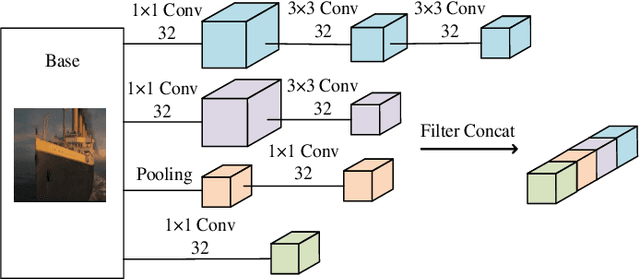
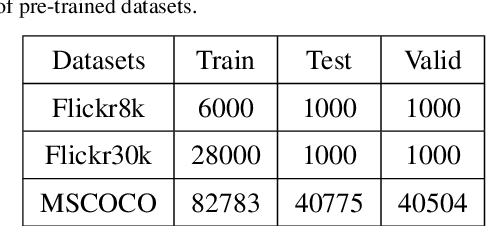
Abstract:The rapid growth of edge data generated by mobile devices and applications deployed at the edge of the network has exacerbated the problem of information overload. As an effective way to alleviate information overload, recommender system can improve the quality of various services by adding application data generated by users on edge devices, such as visual and textual information, on the basis of sparse rating data. The visual information in the movie trailer is a significant part of the movie recommender system. However, due to the complexity of visual information extraction, data sparsity cannot be remarkably alleviated by merely using the rough visual features to improve the rating prediction accuracy. Fortunately, the convolutional neural network can be used to extract the visual features precisely. Therefore, the end-to-end neural image caption (NIC) model can be utilized to obtain the textual information describing the visual features of movie trailers. This paper proposes a trailer inception probabilistic matrix factorization model called Ti-PMF, which combines NIC, recurrent convolutional neural network, and probabilistic matrix factorization models as the rating prediction model. We implement the proposed Ti-PMF model with extensive experiments on three real-world datasets to validate its effectiveness. The experimental results illustrate that the proposed Ti-PMF outperforms the existing ones.
 Add to Chrome
Add to Chrome Add to Firefox
Add to Firefox Add to Edge
Add to Edge